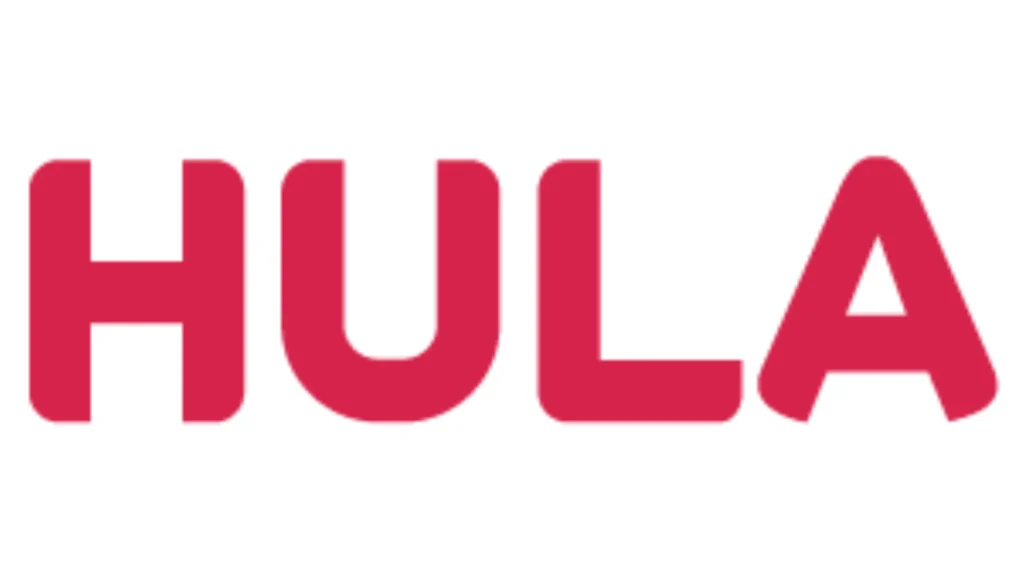When it comes to starting a clothing brand, the “Opportunity Cost” factor is the most ignored factor when launching a fashion brand and yet the most important part that very few seem to talk about.
And this is critical factor is missed not only by fashion entrepreneurs miss, but almost all entrepreneurs across industries. Don’t let your poor judgement on opportunity cost cloud your decision making on strategic aspects.
What is opportunity cost?
The opportunity cost is defined as the dollar value of wealth you might have created had you not pursued this particular entrepreneurial adventure.
We will get to that later, but let’s talk first about why you want to evaluate your opportunity cost – after all, this is your passion project. Right?
Every project has a cost value and sale value. You incur a cost when you create any project – whether it is a work of art, product, or service.
Even if you may think your cost is zero because you didn’t put any money upfront. Yet if it took six months of rigours concentration with no cash investment, you have six months of time investment. Assuming 200 hours of work per month, this is 1200 hours of investment corresponding to 6 months!
How should you calculate the value of your opportunity cost?
The opportunity cost is computed as the time you put in your clothing venture x multiplied by your hourly rate. Now, you may say that – what if you are a full employee and you do not have an hourly rate – well you can always calculate your hourly rate from your month salary numbers.
Now let us try to calculate your opportunity cost with the help of an example –
Let’s say you are a working professional based in New York. Your annual salary is $120,000. This annual salary translates to $10,000 per month.
Assuming you work 8 hours a day and 25 working days (deducting the Sundays only), you get to 200 hours a month.
So for dedicatedly putting in 200 hours a month, you get paid $10,000, which means your hourly rate is $50.
If you have Saturdays & Sundays off (5 day work week) then your monthly work hours become 160 hours and your hourly rate will become $62.5.
For the sake of simplicity and ease of calculation, we will continue to use an hourly rate of $50 USD, because this is the lowest and at the end of this calculation, you will realise your MINIMUM Opportunity cost.
Now I understand that you are working full-time and not on an hourly contract. Still, if you are pursuing an entrepreneurial venture, it is very important to establish your hourly rate because it will help you to calculate your opportunity cost.
Let’s assume it took you six months to launch in a part-time manner and a $25,000 investment; your total cost after six months is $25k + your opportunity cost.
Assuming a 50% time commitment corresponding to 100 hours a month, your opportunity cost for six months is equal to
100 hours x 6 months x $50 per hour = $30k
So your cash investment is $25k, but your time investment is $30k.
And your total investment at the end of 6 months is $30k (time cost) + $25k (cash investment) = $55k
This $30k USD is your opportunity cost and this is at the lower end of the calculation assuming your hourly rate was $50. If your hourly rate was $62.5, this opportunity cost increases to $37.5k USD.
This calculation assumes that you have tracked this 100 hours; in most cases, you might have put more than 100 hours because it’s your baby.
Let’s say that with this $25k cash investment and $30k opportunity cost, you start and close the business after a year, you lose $25k in cash investment, but you lose $30k x 2 = $60k in your opportunity cost.
This opportunity cost is the dollar amount you might have earned had you chosen something else rather than your entrepreneurial venture.
If you are a student or a housewife who thinks your hours are less valuable than a working professional from New York then look for the lowest paying job in your neighbourhood and compare that job with your skill set- if your skill sets are better than the lowest paying job, it means your hourly rate is better than the lowest paying job – and that is exactly your opportunity cost.
By having an established opportunity cost, not helps tremendously during the initial phase when you are evaluating starting a brand. Still, it also helps during the operations of running the fashion brand. It becomes your north start in every decision that you take during the early stages of your brand.
Let us look at another example on how knowing the opportunity cost can help us in decision making during the early days of your clothing business.
Let’s say it takes 100 hours of research in design, development and sourcing – and your hourly rate is, say, $50: this translates to $5000 in sunk cost.
If you understand this cost smartly, it is better to outsource it to your supplier for $2000 and save yourself $3000. And that’s how you create value.
Remember – your hourly opportunity cost is your north star.
At the start of business, it helps you to identify what parts of your business you want to focus upon and what you can delegate.
During the operations of your business, your opportunity cost metrics will help you to figure out what parts of the business to delegate and what parts you should do yourself and even give you a ball-park estimate on how much you can and should afford in order for you to hire external staff when you are adding more team members.
Read more
Why It Is Important to Know the Cost of the Your Clothing Vendors

